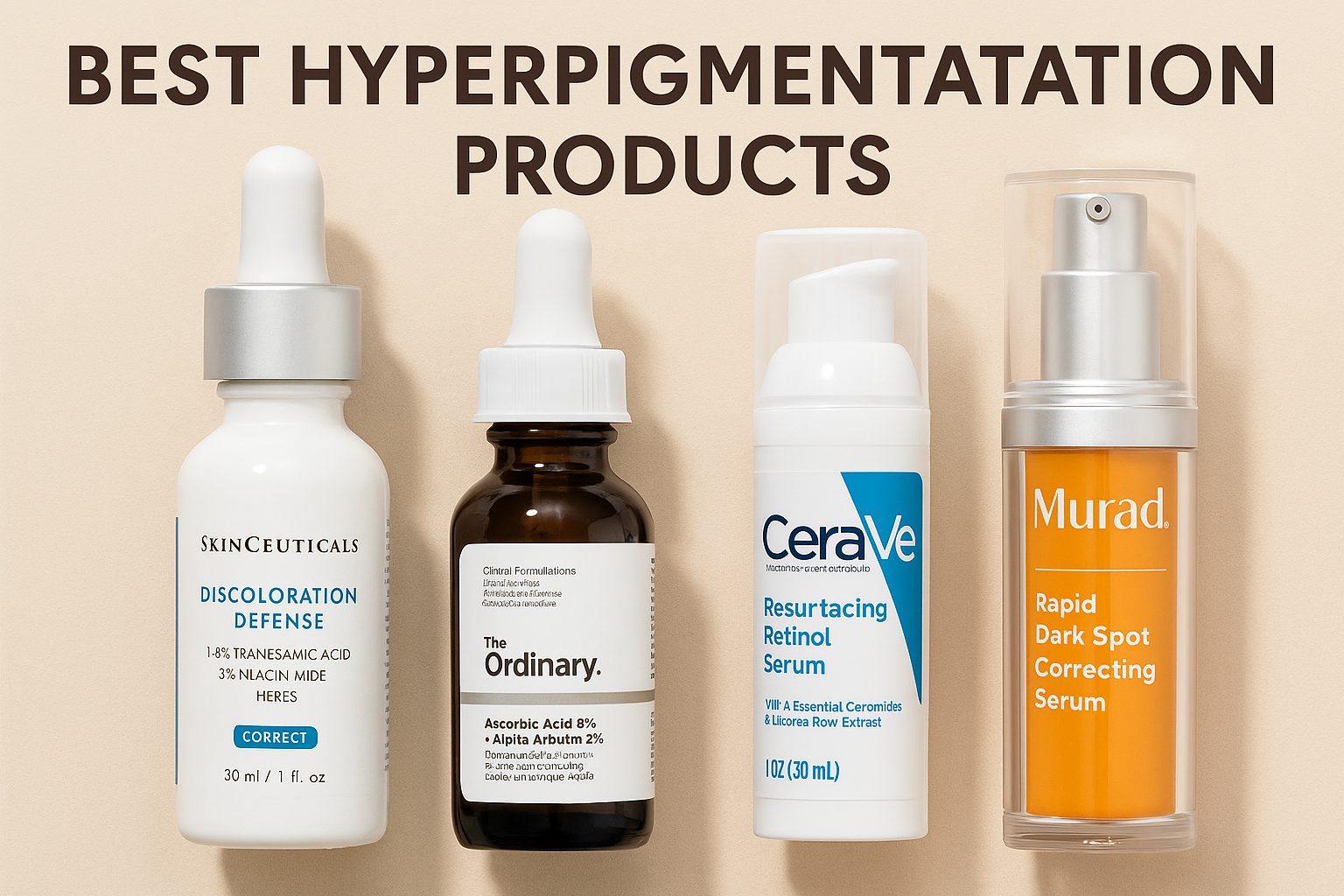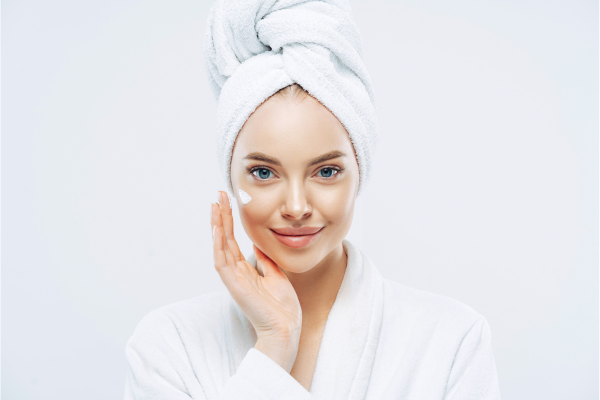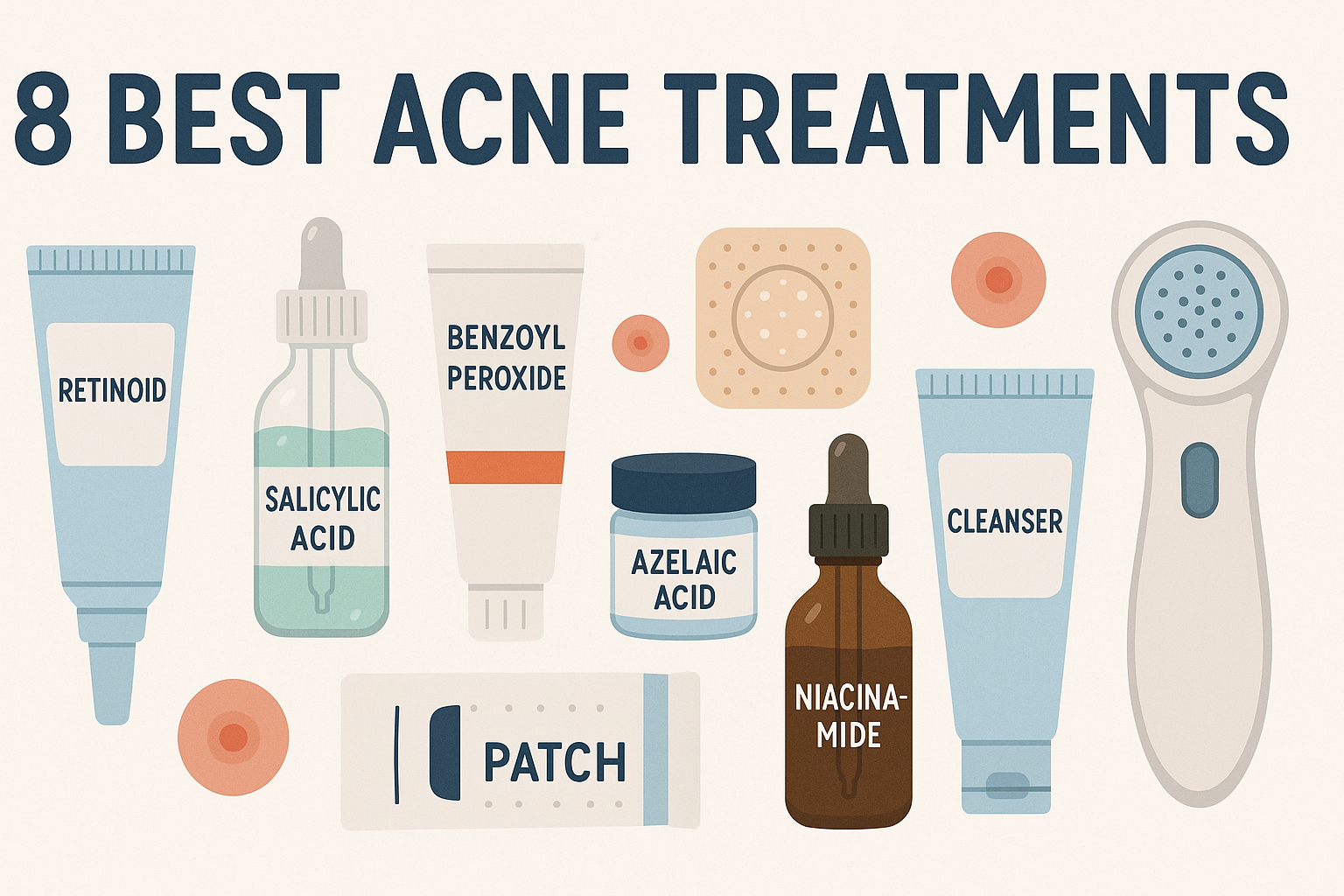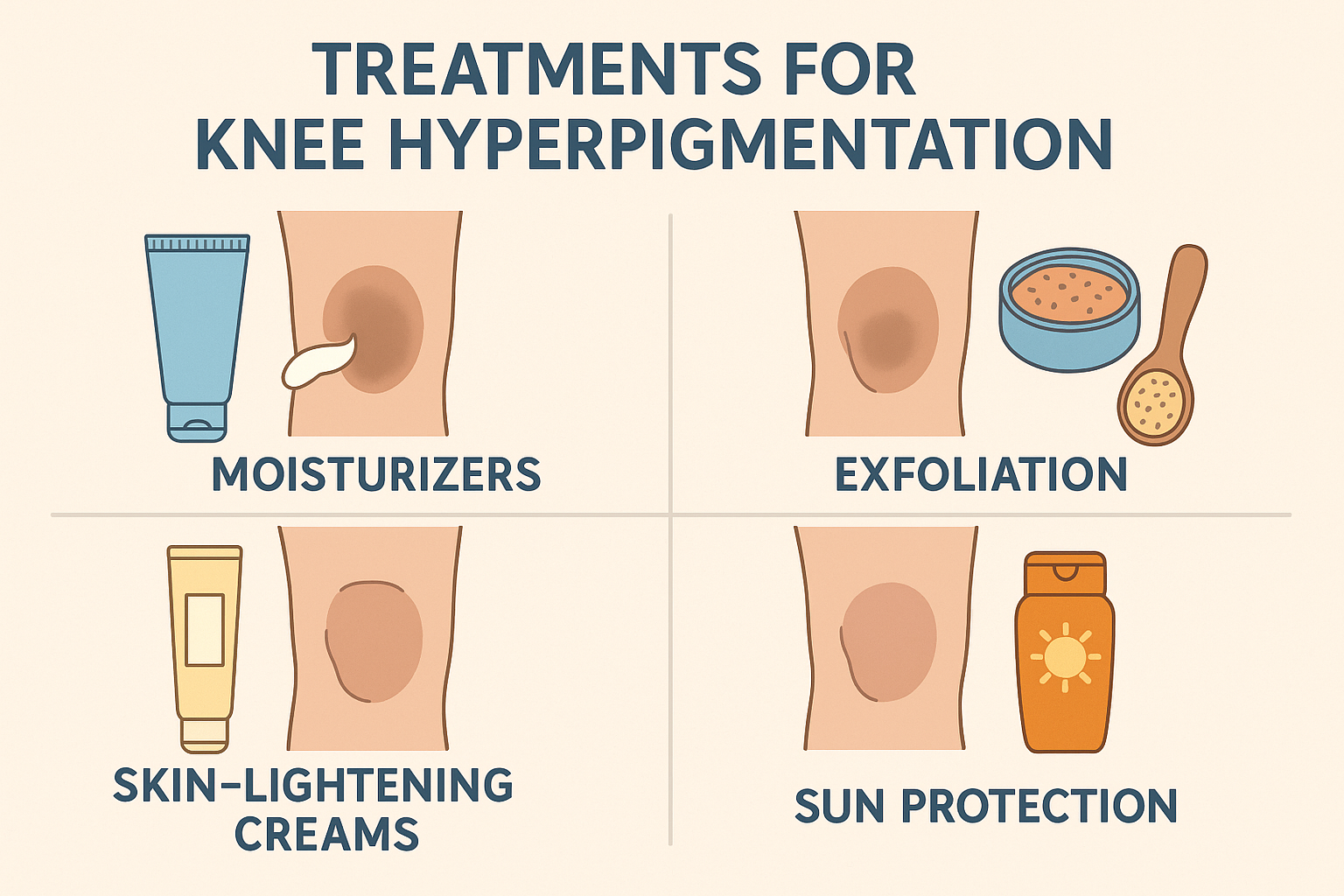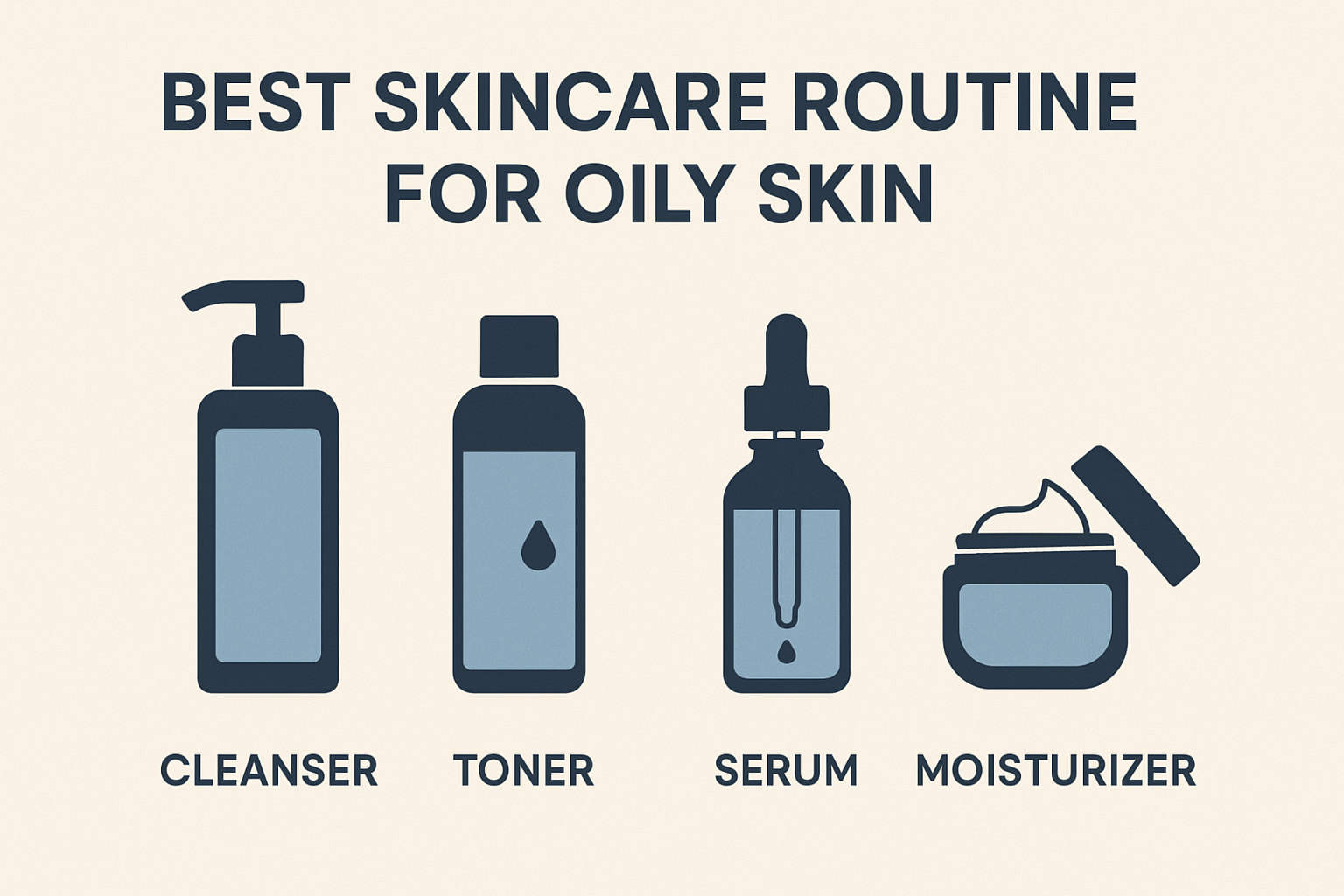How Often Should You Exfoliate Your Face? Experts Explain
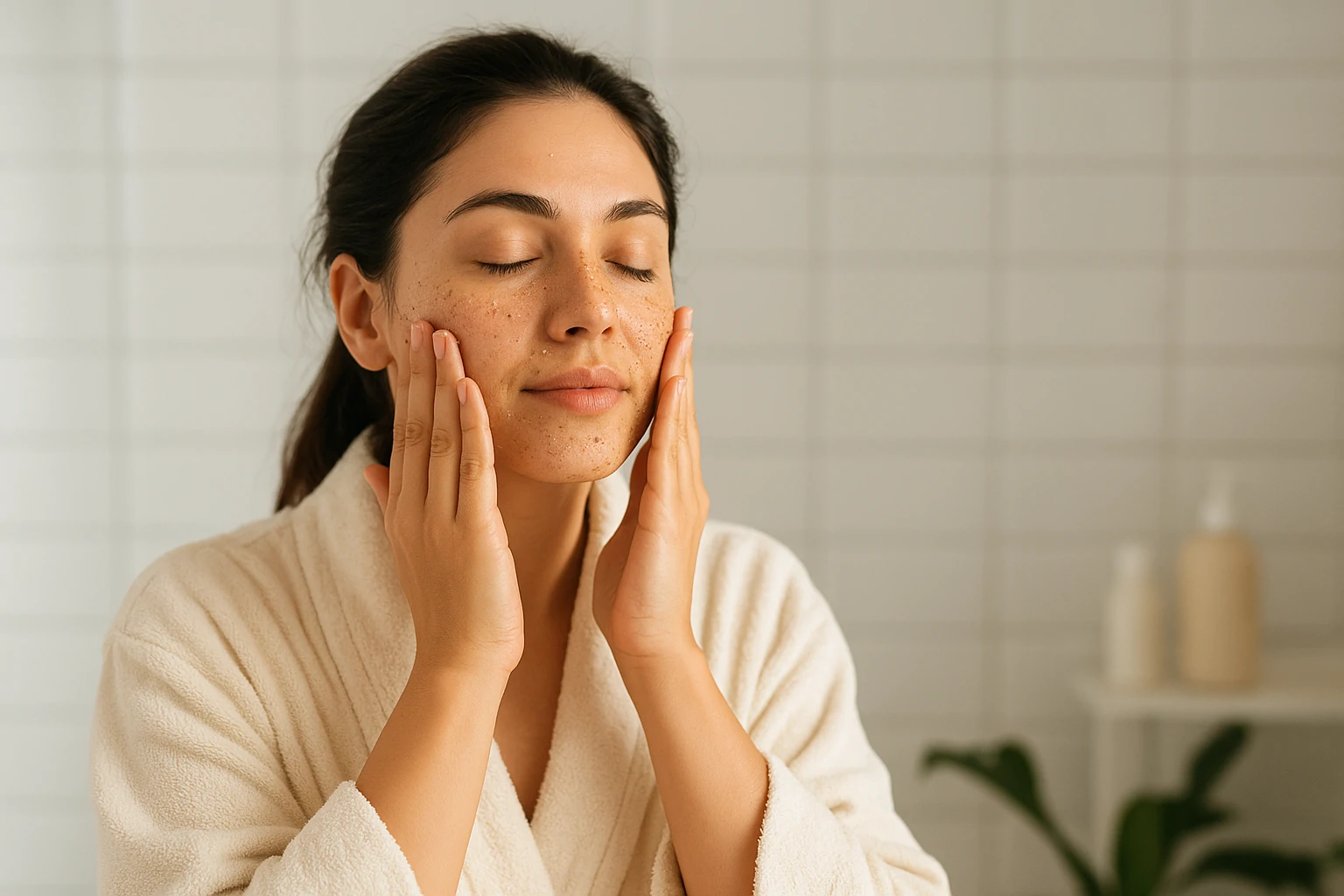
Washing and moisturizing your face are essential, but they’re not enough to keep your skin truly healthy. Over time, dead skin cells build up on the surface, leading to clogged pores, breakouts, and dullness. That’s where exfoliation comes in — it helps renew your skin and restore its glow.
Exfoliating removes dead cells, speeds up cell turnover, and allows fresh, radiant skin to emerge. But more isn’t always better. Over-exfoliating can weaken your skin barrier and cause irritation, while skipping it too often can slow down natural renewal.
Dermatologists agree that the ideal exfoliation frequency depends on your skin type. Sensitive skin, for example, needs gentler formulas than oily or acne-prone skin.
In this guide, we’ll break down how often you should exfoliate your face, which exfoliator suits your skin best, and expert tips to get glowing, smooth skin—without damaging it.
What Does Exfoliating Actually Do for Your Skin?
Exfoliating is one of the most effective steps to reveal fresher, smoother, and brighter skin. It works by removing dead cells from the surface so that new, healthy skin can shine through.
According to dermatologists, dead skin buildup can block pores and trigger acne or blackheads. Regular exfoliation prevents this by keeping pores clean and skin texture refined. It also boosts blood circulation, giving your face a natural, healthy glow.
Another major benefit is improved absorption — after exfoliating, your serums and moisturizers can penetrate deeper and work more effectively.
However, moderation is key. Overdoing it can strip your skin’s protective barrier and cause redness or dryness. Choose the right exfoliator for your skin type, and your complexion will stay clear, balanced, and smooth.
Key Benefits of Exfoliating Regularly
Exfoliating your face regularly offers multiple benefits for every skin type. By sloughing off dead cells, you’ll notice a smoother texture, more even tone, and better absorption of skincare products.
- For acne-prone skin: Dermatologists recommend chemical exfoliants with BHA (beta hydroxy acid), such as salicylic acid. BHA penetrates deep into pores, dissolves excess oil, and helps reduce breakouts and blackheads.
- For anti-aging: Ingredients like retinol or retinoic acid promote collagen production and accelerate skin renewal. This helps soften fine lines and gives skin a firmer, more youthful look.[1Maia Campos PM, Gaspar LR, Gonçalves GM, Pereira LH, Semprini M, Lopes RA. Comparative effects of retinoic acid or glycolic acid vehiculated in different topical formulations. Biomed Res Int. 2015;2015:650316. doi:10.1155/2015/650316.]
- For all skin types: Gentle exfoliation instantly revives dull skin, leaving it radiant and healthy-looking. It also enhances the performance of anti-aging or hydrating products you use afterward.[2Cleveland Clinic. 5 ways to exfoliate your skin without irritation. Updated February 12, 2020.]
When done right, exfoliation is not just about smoothness—it’s about helping your skin function at its best.
Choosing the Best Type of Exfoliator for Your Skin
There’s no single “perfect” exfoliator for everyone—your ideal choice depends on your skin type and sensitivity. Dermatologists often caution against harsh physical scrubs, as rough particles can cause microtears and irritation.
Generally, exfoliators fall into two categories:
- Physical exfoliants, like scrubs or clay masks, which buff away dead cells manually.
- Chemical exfoliants, such as acid serums or peels containing AHA or BHA, which dissolve dead cells gently without friction.
For most beginners, chemical exfoliants are the safer and more effective choice. They clean pores, smooth texture, and brighten the skin with minimal irritation.
If you prefer masks, options like PCA Skin Purifying Mask or Revitalizing Mask offer deep cleansing and softening effects with natural enzymes and minerals.
The key is balance—gentle yet consistent exfoliation keeps your skin fresh, healthy, and luminous.
How Often Should You Exfoliate Your Face?
Finding the right exfoliation frequency can make or break your skincare routine. Most dermatologists recommend exfoliating two to three times per week, depending on your skin’s needs and tolerance.
For most people, applying an acid-based serum two or three nights weekly works best. It removes dead skin without harsh scrubbing. Adding a mild exfoliating mask once a week can also boost brightness and unclog pores.
Some still believe exfoliating once weekly is enough—but experts like Dr. Shereene Idriss explain that such infrequency often leaves a buildup of dead cells, preventing your skin from renewing properly.
Listen to your skin: if you notice redness, stinging, or tightness, cut back. The goal is not to feel stripped or dry—but to achieve that balanced, glowing, healthy complexion.
Best Exfoliating Ingredients for Your Skin
Choosing the right exfoliator isn’t just about texture—it’s about the active ingredients inside. Each ingredient targets specific skin concerns, so understanding them helps you pick the best match for your skin type.
- AHA (Alpha Hydroxy Acids) — such as glycolic, lactic, and mandelic acids—work on the surface to remove dead cells, smooth uneven tone, and boost hydration. Perfect for dry, dull, or aging skin.
- BHA (Beta Hydroxy Acid) — most commonly salicylic acid—goes deeper into pores to clear out oil and impurities, making it ideal for oily or acne-prone skin.
- Fruit enzymes — from papaya, pineapple, or pomegranate—gently “digest” dead skin cells without abrasion, making them safe for sensitive skin.
- Natural physical exfoliants — like fine pumice, poppy seeds, or jojoba beads—offer a light scrub texture for those who prefer a tactile cleanse without irritation.
When in doubt, start with mild acids or enzyme-based products and build tolerance gradually.
How to Exfoliate Your Face Safely at Home
Home exfoliation can keep your skin smooth, bright, and clear—if done correctly. Many people accidentally irritate their skin by overusing products or choosing formulas that don’t match their skin type.
Start by identifying your skin’s needs. Dry or sensitive skin benefits from gentle AHA or fruit enzyme exfoliators, while oily or acne-prone skin responds better to BHA (salicylic acid) that clears deep inside pores.
Follow these safe-exfoliation steps:
- Cleanse first to remove makeup and dirt.
- Apply gently—avoid harsh scrubbing or pressure.
- Rinse with lukewarm water (never hot).
- Finish with moisturizer and sunscreen to protect and hydrate.
As skincare expert Dr. Whitney Bowe notes, consistency matters more than frequency. Two to three times per week is plenty to maintain a soft, glowing complexion without damaging your barrier.
What Happens If You Over-Exfoliate (and How to Fix It)
Exfoliation is vital for glowing skin—but too much of it can cause serious harm. Over-exfoliation weakens your skin’s protective barrier, leading to dehydration, redness, and sensitivity.
Common signs include stinging, tightness, burning sensations, flaking, or tiny acne-like bumps. Your skin might even react painfully to products that normally feel fine.
If this happens, stop exfoliating immediately. Focus on restoring your barrier with soothing, hydrating ingredients like ceramides, hyaluronic acid, and niacinamide. Avoid acids, alcohol, and fragrances until your skin calms down.
Dermatologists say recovery can take a few days to a couple of weeks, depending on the severity. Once your skin heals, reintroduce exfoliation slowly—just once or twice a week at first—to maintain a healthy balance.
Healthy skin isn’t about doing more; it’s about doing just enough to keep it strong and radiant.
Exfoliation and Sun Protection: Why It’s Essential
Exfoliation removes dull surface cells, revealing new, fresh skin—but that new skin is also more sensitive to sunlight. Without proper sun protection, UV rays can cause redness, irritation, and dark spots (hyperpigmentation).
That’s why dermatologists emphasize pairing exfoliation with daily sunscreen use. Follow these essential tips:
- Apply broad-spectrum SPF 30+ every morning—even indoors or on cloudy days.
- Reapply every two hours when outdoors.
- Add physical protection like hats or sunglasses for extra defense.
According to Dr. Shereene Idriss, skipping sunscreen after exfoliation accelerates premature aging and weakens your skin barrier. Making SPF part of your daily post-exfoliation routine is the best way to maintain healthy, youthful skin.
Think of sunscreen as the final step that locks in your exfoliation benefits while shielding your glow from UV damage.
Final Thought
Exfoliating is one of those small skincare steps that makes a big difference—when you do it right. The trick is to find your sweet spot: gentle, regular, and suited to your skin type. Whether you’re using AHA, BHA, or fruit enzymes, it’s all about helping your skin breathe, renew, and glow naturally.
Don’t fall into the “more is better” trap—overdoing it can wreck your skin barrier and undo all your hard work. Listen to your skin, moisturize after, and never skip sunscreen.
With the right balance, exfoliation can transform dull, tired skin into something fresh, smooth, and radiant. So take it easy, be consistent, and let your glow do the talking.

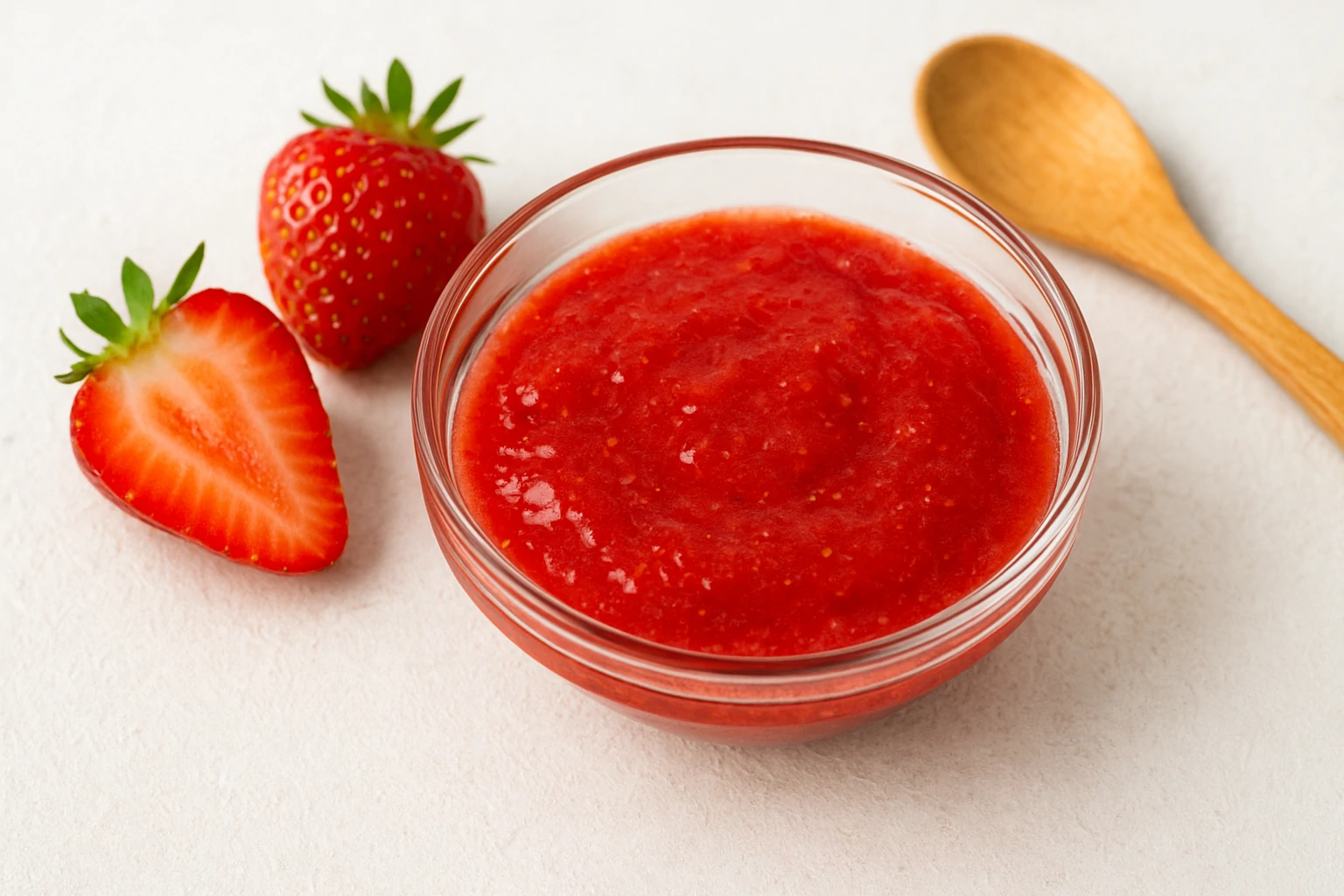
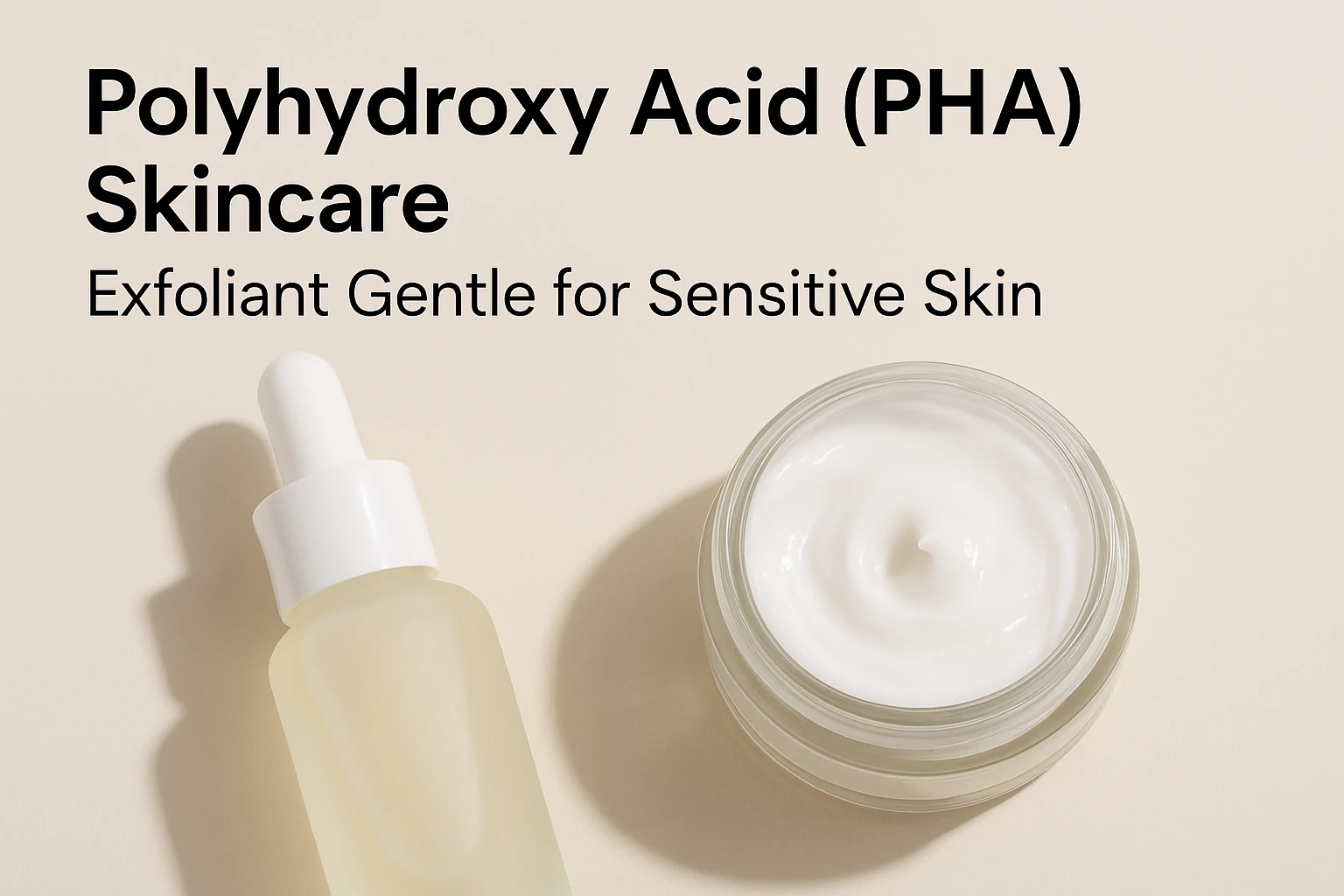
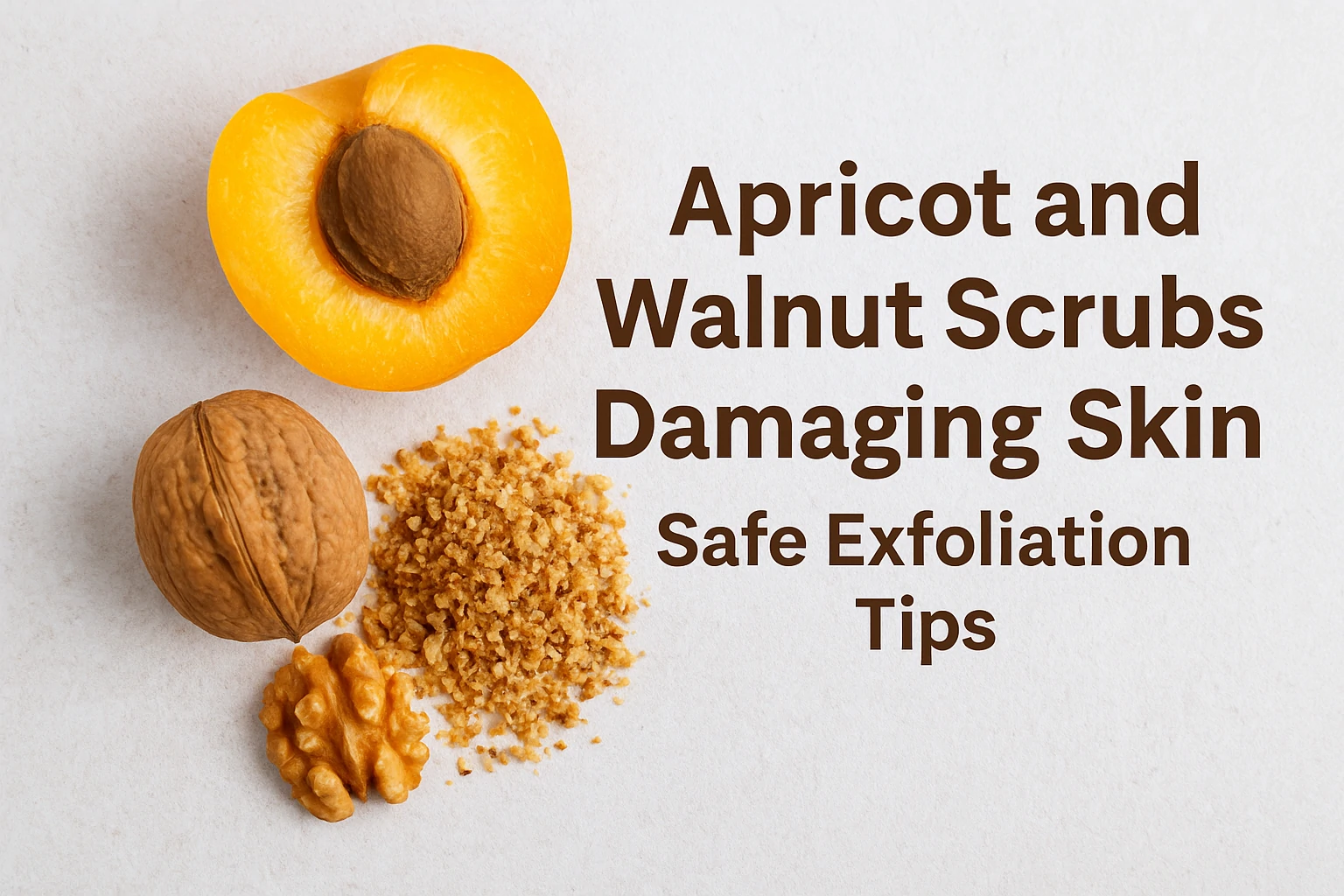
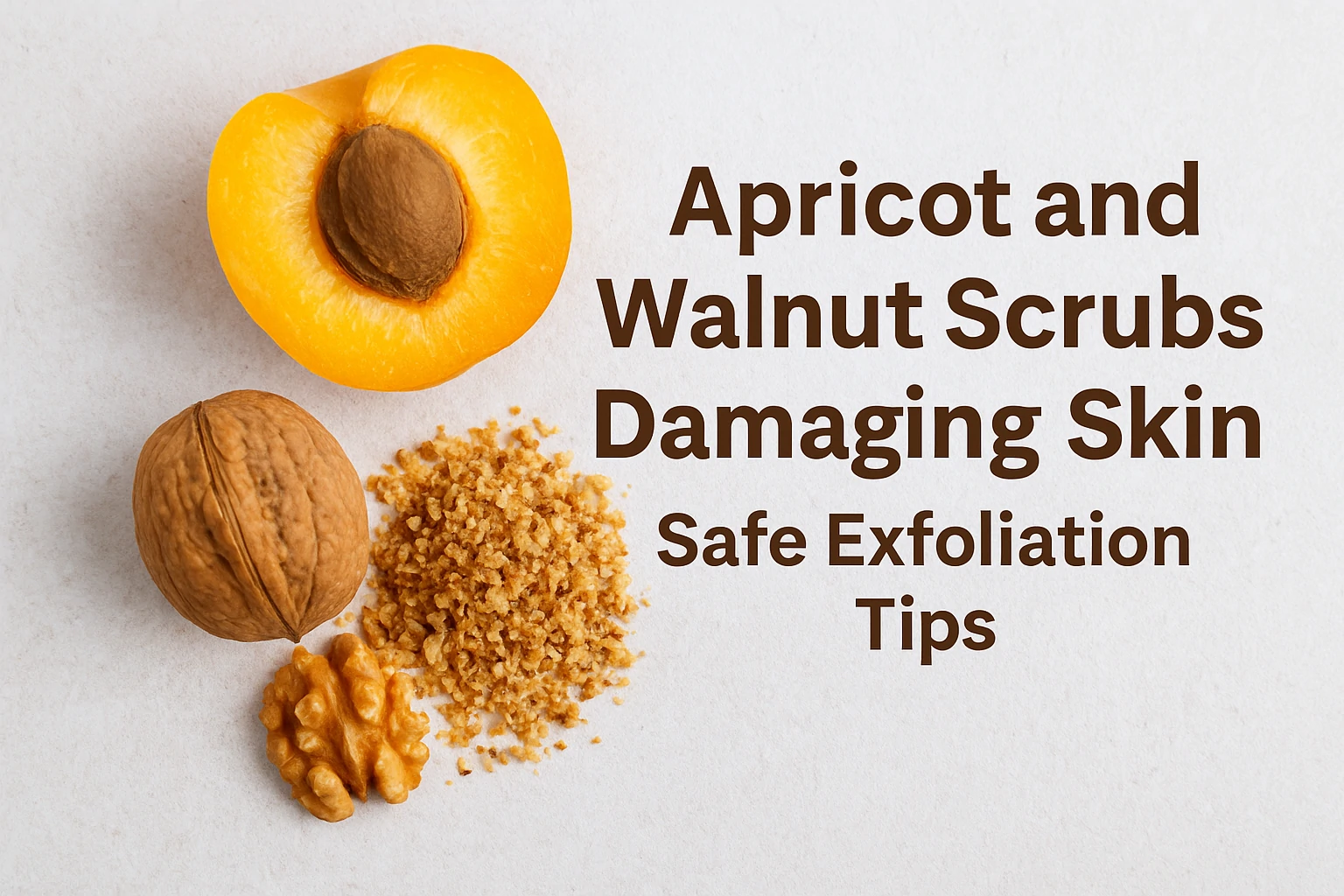
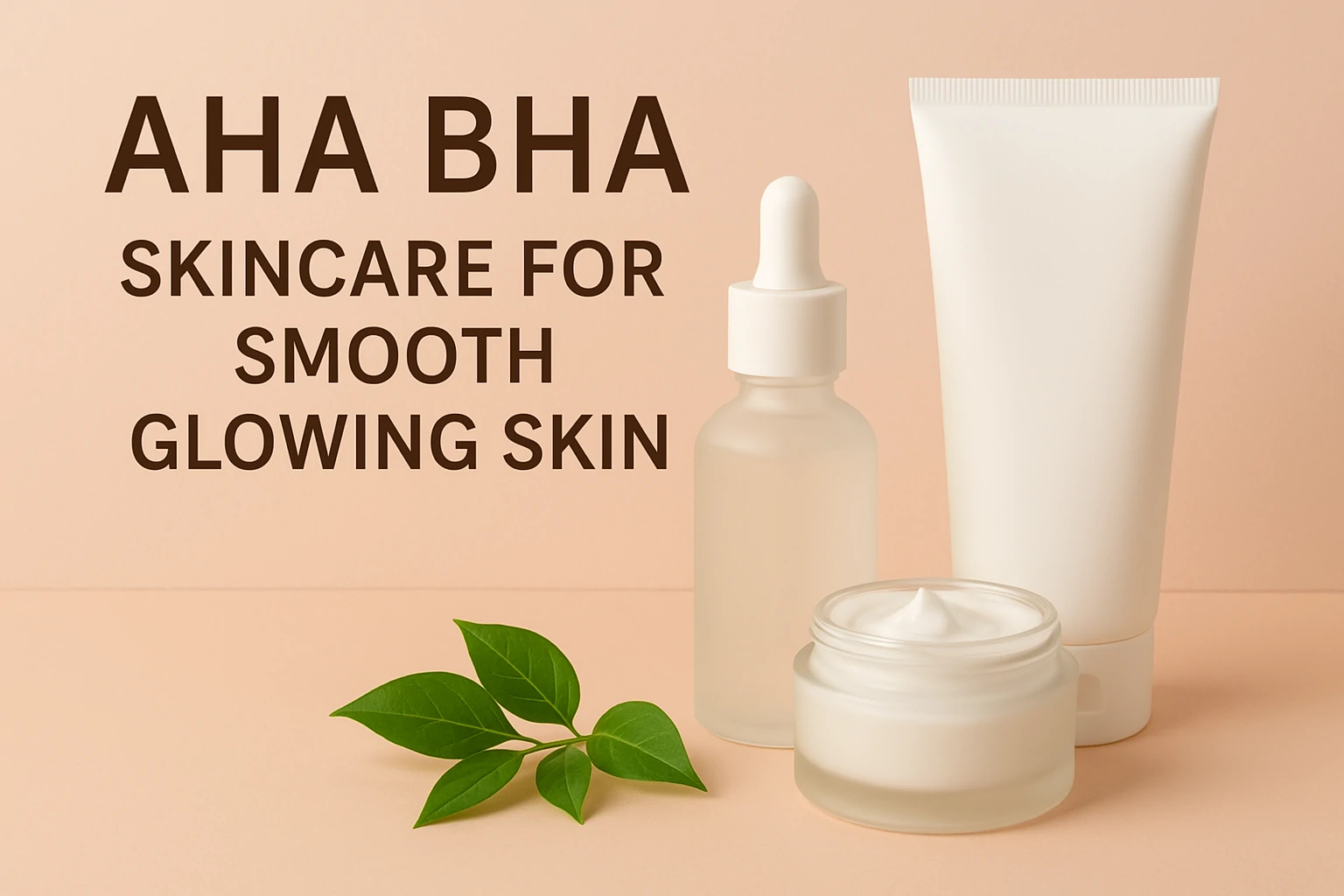
 Acne
Acne Anti-Aging
Anti-Aging Business
Business Digital Marketing
Digital Marketing Economics
Economics Exfoliation
Exfoliation Movies
Movies Personal Finance
Personal Finance Websites
Websites
